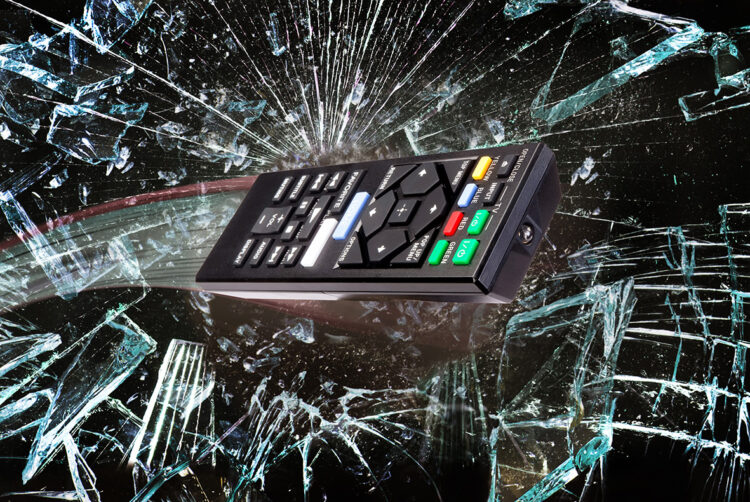Smart TV makers could bring an end to the golden age of television

Opinion
The choice, immediacy and visuals of TV are at their peak, but manufacturers’ pursuit of advertising opportunities risks compromising the viewing experience and, in turn, this golden era.
For the last few years, I have been convinced that we are living in a golden age of television.
The choice, immediacy and visuals associated with TV content today barely resemble what we had available to us just 15 years ago. Sure, there is a debate to be had around whether the actual substance of TV content has improved, but when it comes to the visuals and the distribution, there can be no question.
Looking ahead, though, I find it hard to predict this golden age continuing for much longer.
Visually, we are closer than ever to the zenith of picture quality. Yes, 8K is coming, but whether audiences will be able to acknowledge the difference, let alone be willing to pay for it, is unclear.
Monetisation drive
Demand for TV sets, therefore, is forecast to be flat for the next few years, leading to some manufacturers (or OEMs) monetising their devices in other ways — namely via selling viewing data and/or ad formats on screen.
I don’t have a major issue with collecting and selling viewing data for advertising (how some companies gain consent bothers me somewhat, but not sufficiently). What worries me is the extent to which OEMs are willing to compromise the viewing experience in the pursuit of advertising opportunities.
Anyone who owns or has used a modern-day smart TV can see the signs — ribbons with pre-installed apps, home screens with high-impact display, a bunch of obscure free ad-supported TV channels. All of it is in danger of getting in the way of good content.
The financial incentives are there for the likes of Samsung and LG to push viewers into environments that they can monetise (both companies sell display advertising on their home screens and/or in-stream video within connected TV apps). However, both would probably say that choice and utility trump commercials when it comes to designing the operating system.
If that is the case, why negotiate prominence and pre-installation with apps like Rakuten and TikTok?
TV’s Apple vs Android battle
Ultimately, if new commercial opportunities help to reduce the retail price of TV sets going forward, maybe a small hit to user experience can be tolerated. In some ways, consumers may end up being faced with a choice not dissimilar to the one between Apple (fixed, seamless user interface) and Android (flexible user interface with integrated ads).
Who would represent iOS in this hypothetical scenario? Arguably, Sky — despite having a deeply vested interest in advertising — has set the standard with Sky Q and Sky Glass.
Anyone who has used either product will know that the user experience is totally fluid. Viewers can search by content title, genre, actor, director and more with minimal latency and without undue prominence. Even better, results are virtually indistinguishable between linear and non-linear.
Strategic partnerships with major VOD platforms enable integrated access to the best content connected TV has to offer (ITVX, Channel 4 streaming, Disney+, Netflix, Amazon Prime Video and YouTube, among others).
One thing that’s missing from the Sky home screen? Ads.
The ultimate point here is not to heap praise on Sky Q or Sky Glass. It’s to highlight that Sky has made a conscious decision to prioritise the user experience of its products over its linear ad sales business. In other words, it is determined to facilitate the best possible TV viewing experience.
My fear for consumers is that a different path may be tempting for some OEMs, which may see the TV set as a device that is under-monetised. That may be true, but if a greater yield by device comes at the expense of user experience, then the end of TV’s golden age may not be far off.
 Ian Daly is AV investment lead at the7stars
Ian Daly is AV investment lead at the7stars




